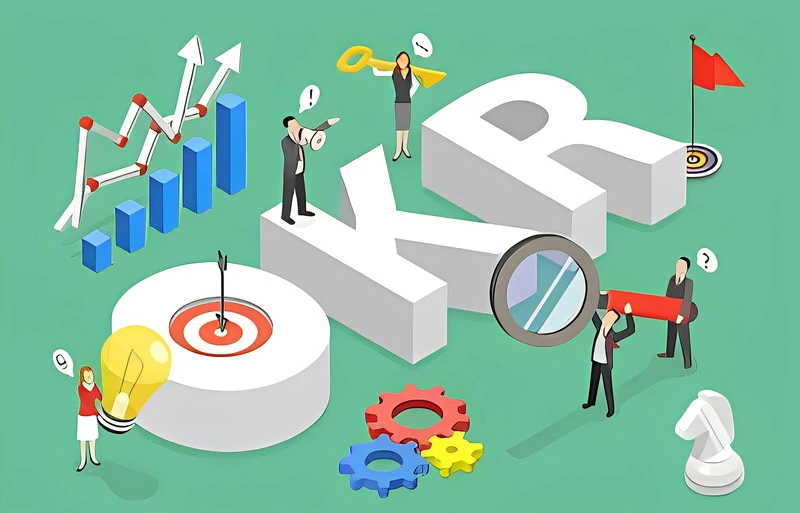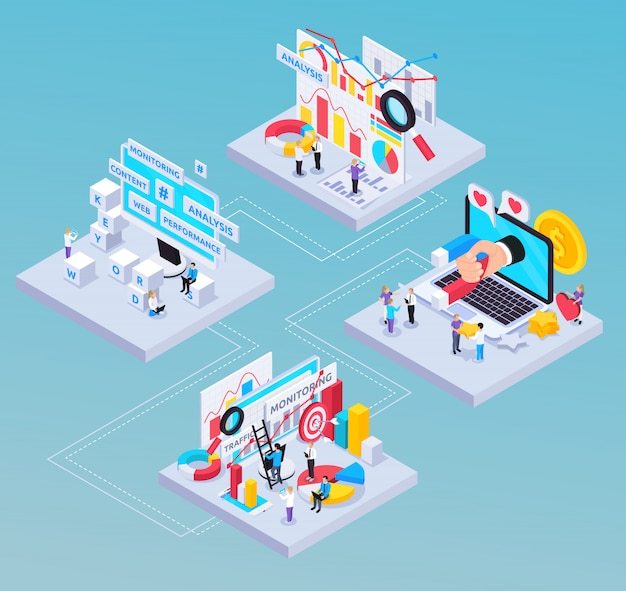In today’s fast-paced, ever-changing work environment, organizations are continually looking for ways to stay agile and responsive to market shifts. One of the key strategies for achieving this is through effective, strategic goal setting. But how exactly does setting the right goals empower teams to be more agile? This article dives into the dynamics of strategic goal setting and its role in creating more flexible, adaptive, and proactive teams.
What is Strategic Goal Setting?
Strategic goal setting goes beyond simply defining objectives—it involves setting meaningful, long-term goals that align with an organization’s vision and roadmap. While general goals can serve as broad aspirations, strategic goals are specific, measurable, and purpose-driven, designed to move an organization toward its highest priorities.
Understanding Agility in Teams
Team agility is the ability of a team to adapt quickly to changes, respond to challenges, and adjust their approaches without compromising productivity. Agile teams are not only efficient but also resilient and ready to pivot as the situation demands. This adaptability is crucial in industries where speed and responsiveness can make or break success.
The Relationship Between Goal Setting and Team Agility
Strategic goals and team agility are closely linked. When teams have clear, achievable objectives, they can focus their energy and resources effectively, enabling them to adjust to new information or changes in the market quickly. In essence, well-defined goals provide a roadmap for action, while agile practices allow teams to follow that roadmap flexibly.
Key Elements of Effective Strategic Goal Setting
- Specificity and Clarity: Clear goals eliminate ambiguity and direct team members toward actionable steps.
- Alignment with Organizational Goals: Goals should align with the larger mission of the company to ensure consistency in efforts.
- Adaptability and Responsiveness: Effective goals should be flexible, allowing for adjustments based on evolving circumstances.
How Strategic Goals Boost Team Agility
Strategic goal setting empowers teams in several ways:
- Encouraging Proactive Problem-Solving: Teams are more likely to anticipate challenges and address them early.
- Enabling Faster Decision-Making: Clear goals streamline decision processes, reducing the need for constant deliberation.
- Facilitating Quick Pivots: When teams understand the strategic objectives, they can pivot in response to unexpected changes without losing sight of their purpose.
Importance of Measurable Goals in Agility
Measurable goals play a crucial role in fostering agility by providing teams with clear metrics to evaluate their progress. When teams can track performance through KPIs or similar metrics, they gain insights into their effectiveness, allowing them to tweak their approach as necessary to stay on target.
Aligning Individual and Team Goals with Agility
When individual goals are aligned with team and organizational objectives, it creates a cohesive effort that enhances agility. Personal accountability plays a big role here, as each team member becomes responsible for their contribution to the team’s overall flexibility and adaptability.
Role of Leadership in Strategic Goal Setting
Leadership is essential in driving strategic goal setting. Leaders not only set the vision but also foster an environment that encourages agility. They support agile practices by promoting open communication, removing obstacles, and encouraging iterative processes that align with the goals.
Goal-Setting Frameworks that Promote Agility
Some popular frameworks that support agile practices include:
- OKRs (Objectives and Key Results): OKRs Agile framework help teams set ambitious yet measurable objectives, making them ideal for maintaining agility.
- SMART Goals (Specific, Measurable, Achievable, Relevant, Time-bound): This framework helps teams set actionable, attainable goals that keep them focused and adaptable.
Setting Short-term and Long-term Goals for Agility
Balancing short-term and long-term goals is essential for maintaining agility. While long-term goals provide a vision, short-term objectives allow teams to adapt quickly and course-correct as needed based on immediate feedback and results.
Case Studies: Companies That Improved Agility through Goal Setting
- Example 1: A tech company implemented OKRs to boost its ability to respond to market changes by setting quarterly objectives that encouraged ongoing adaptability.
- Example 2: A startup utilized agile frameworks and regularly updated goals to drive fast-paced growth in a competitive landscape.
Overcoming Challenges in Strategic Goal Setting
Implementing strategic goals isn’t without challenges. Resistance to change, uncertainties, and occasional setbacks can make it difficult to maintain focus. However, by emphasizing transparency, adaptability, and continuous learning, teams can overcome these obstacles.
Best Practices for Maintaining Agility with Goal Setting
- Regular Goal Reviews and Updates: Regularly revisiting goals ensures they remain relevant and aligned with current priorities.
- Building a Culture of Continuous Improvement: Encouraging ongoing learning and improvement helps teams adapt and stay resilient.
Conclusion
Strategic goal setting is a powerful tool for enhancing agility in teams. By providing a clear direction while allowing room for flexibility, organizations can foster a proactive, responsive team environment. When done right, strategic goal setting empowers teams to face challenges head-on, pivot when needed, and ultimately drive the organization toward its vision.
FAQs
Q1: What is the main benefit of strategic goal setting for teams?
Strategic goal setting provides a clear direction, aligning team efforts with the organization’s vision and enhancing the team’s ability to respond to changes effectively.
Q2: How do OKRs help teams maintain agility?
OKRs (Objectives and Key Results) enable teams to set ambitious, measurable goals, which support flexible, iterative progress and quick adaptability.
Q3: Can strategic goal setting apply to small teams?
Absolutely! Strategic goal setting is beneficial for teams of all sizes, as it promotes clarity, focus, and flexibility, helping even small teams stay agile.
Q4: Why are measurable goals important in an agile environment?
Measurable goals provide clear metrics that help teams track progress and adjust their actions, supporting an agile and responsive approach to achieving objectives.
Q5: How often should teams review their strategic goals?
Regularly! Monthly or quarterly reviews are effective for ensuring that goals remain aligned with evolving team needs and market changes.






